For the past few seasons, the design studio’s collective unconscious has been thrusting us even deeper into a fantasy world where sex appears many (or even dozens of times) more than life. And that’s not what we’re talking about, statistics. Not so long ago, we put together great material with the experts on why zooms are not interested in sex and how virtual life affects it. But the authoritative edition of The Face published a long read, whose main message was that everyone outside the fashion industry had a diminished libido.
If over the last decade designers have tried every possible way to dress people up (this is evidenced by the famous plus-size and layering trend and the aesthetic of the “beige” blogger), now everything is just the opposite. The ball is ruled by shocker, sex and rebellion. And among his main “guests” is, of course, Julia Fox.
Why is fashion so in love with fetish and BDSM aesthetics? Katarina Shramko, the author of the SKOTEENA Telegram channel, understands the intricacies of laces and bandages.

Katarina Shramko, author of the SKOTEENA telegram channel
Michel Foucault said that sadomasochism is “a special kind of creativity, a way of rethinking the limits of one’s own body and behavior.” This already explains well why fashion reacts to fetishistic moods.
The “sexual liberation” movement has changed the general public’s attitude towards what used to be considered abnormal. As soon as the advantage was in favor of the raw desire for pleasure and restrictions and prohibitions were lifted, “perverted” sexuality was considered openly seductive.
Fashion, capable of fetishizing everything, quickly took over the fetish itself. Vivienne Westwood tightened the corset, which only survived at the turn of the century. Jean Paul Gaultier created the famous lace-up and pointed bustier for Madonna. Thierry Mugler added spikes to it, and Azzedine Alaya painted everything with a leopard.
-
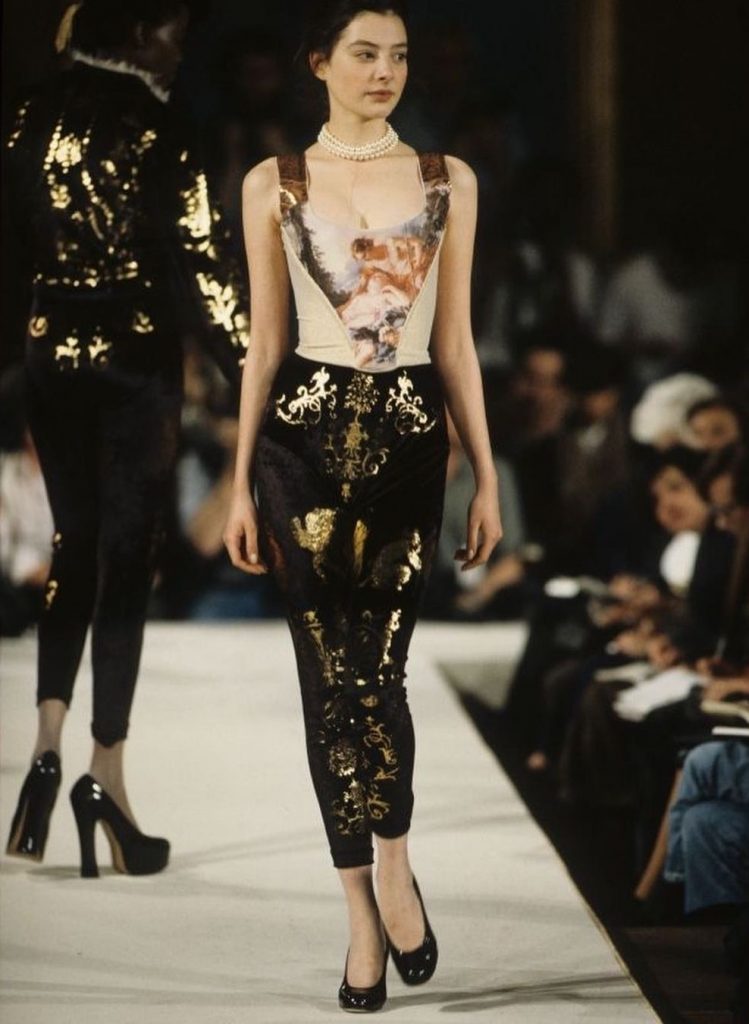
Vivienne Westwood’s Fall/Winter 1990-91 -
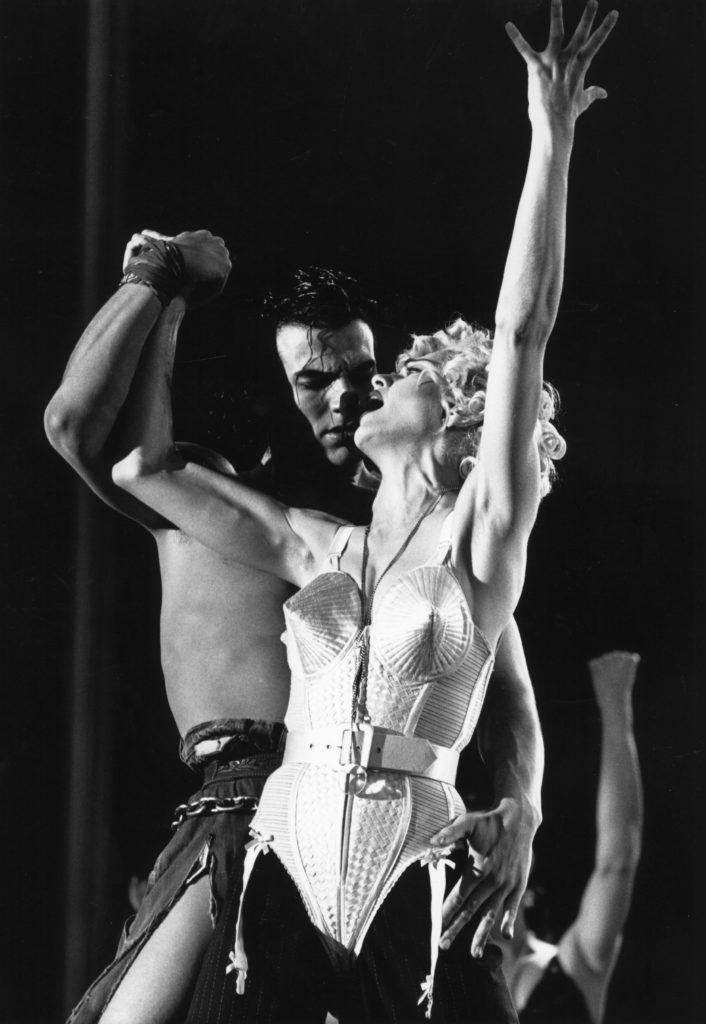
Madonna (photo: legion-media.ru) -
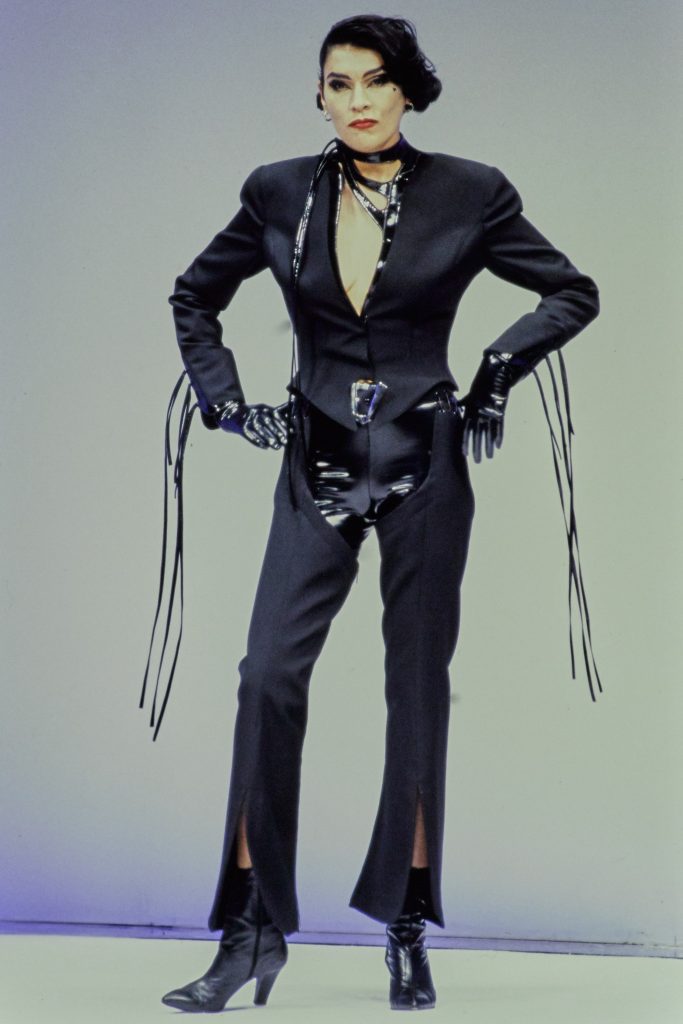
Mugler SS 1992
“Today, bondage devices, leather, latex, “second skin”, long tight skirts, torn dresses, zippered boots – in a word, everything that is full of a fetishist’s dreams can be obtained directly from the hands of Alaya, Gauthier. , Montana, Versace, – Wrote for Vogue in 1992 and has been repeated this season every season. The belt that kept sadomasochistic images only on the pages of adult magazines has exploded, and popular culture has made sexual practices that were once hidden from prying eyes visible to a wide audience.
For decades we have seen how fashion expresses elements of BDSM culture. But why do fetish motifs still fill the catwalks? Hashtag “What did the author want to say?”.
Philosophy
-
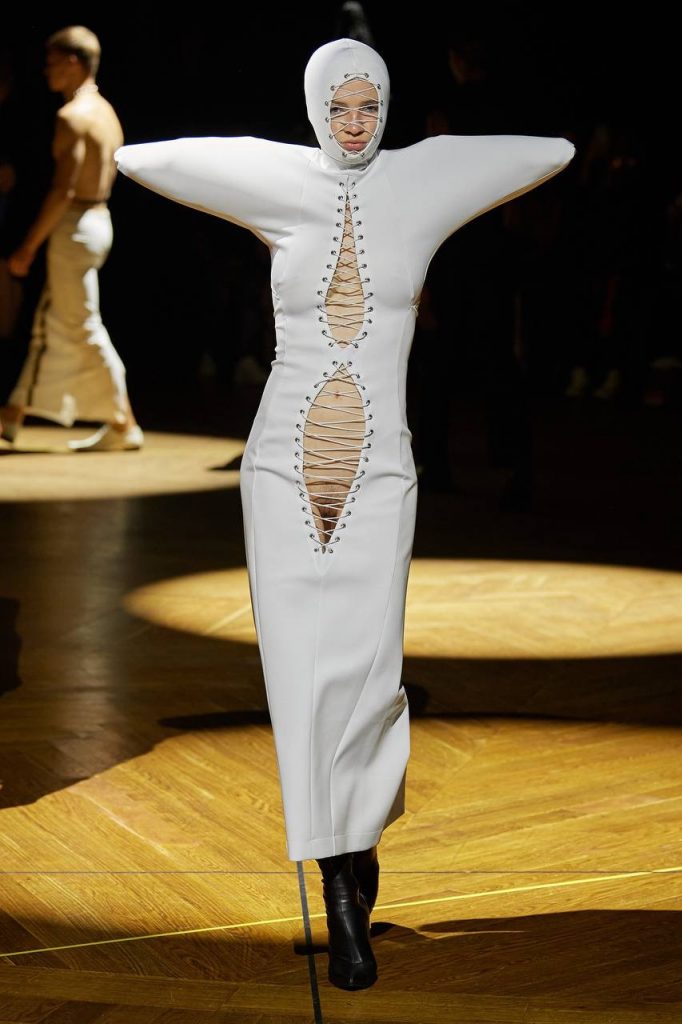
Mowalola Spring 2023 Ready-to-Wear -
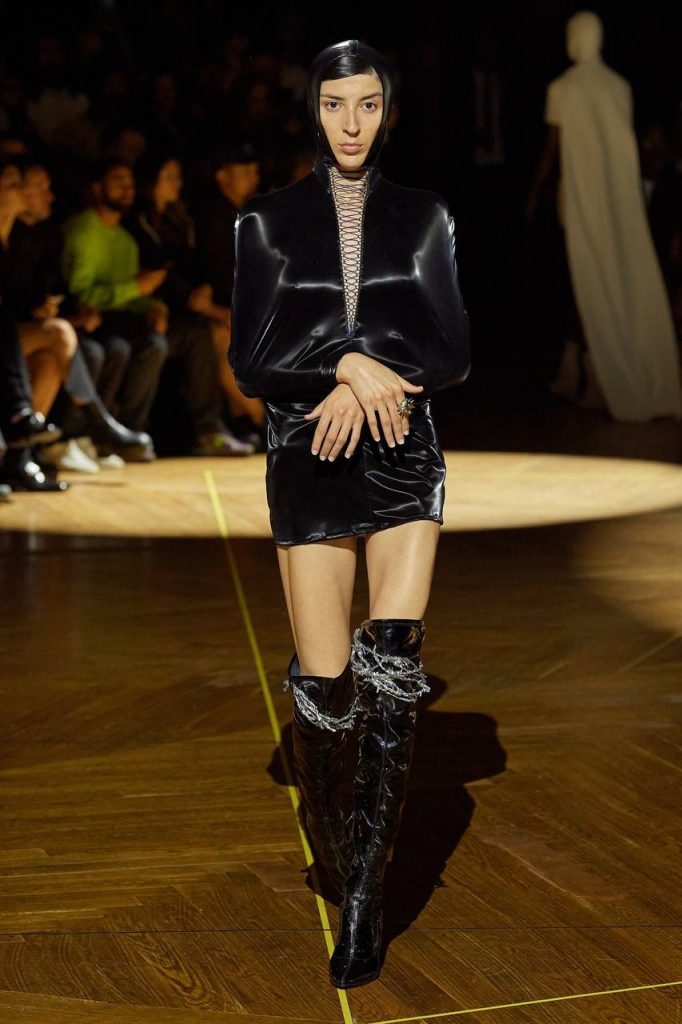
Mowalola Spring 2023 Ready-to-Wear
Evolutionary psychologists argue that human sexual behavior is shaped by natural selection. Pain plays an important role in understanding an individual’s limitations. The philosopher Hannah Arendt very eloquently explained this point of view: “Only pain, but never pleasure, is completely independent of any object, often the only state in which a person truly feels nothing but himself.” But scientific and technological progress leads to the fact that the life of a modern person weakens the feeling of pain and makes it impossible to satisfy this need. This is what causes the “craving for pain” response. The BDSM subculture and its elements contribute to the “domesticated” awakening of pain. Therefore, tight kinky boots allow to experience pain in a light version, to refresh the consciousness of the reality of the outside world.
Psychotherapy
-
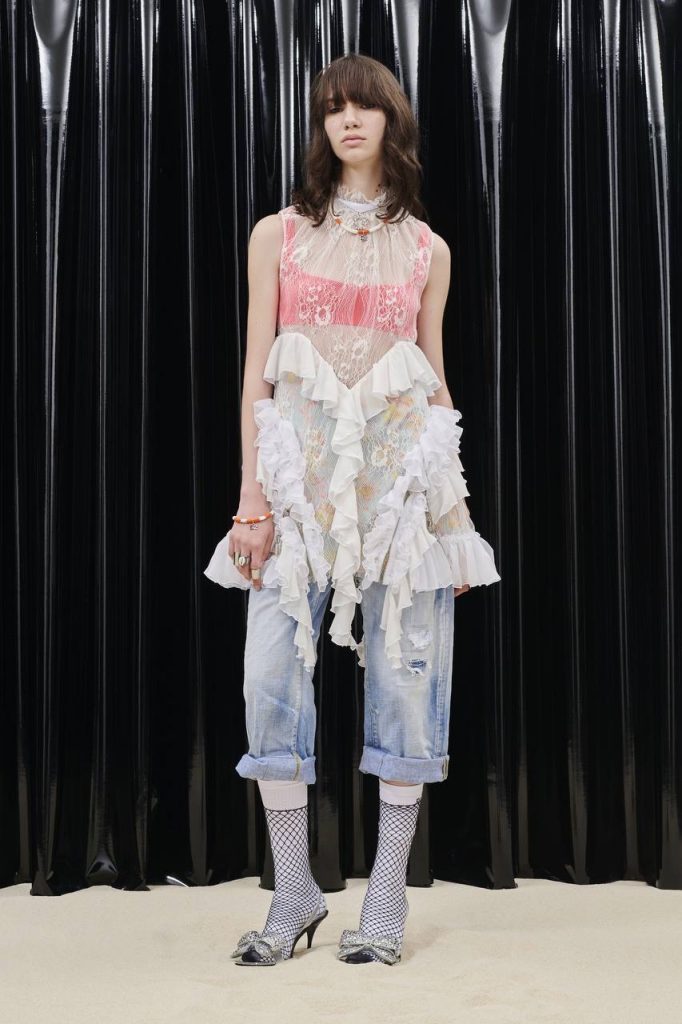
Dsquared2 Resort 2023 -

Coach Resort 2023
To some extent, BDSM can be a kind of psychodramatic theater – a way to live through your traumas, overcome inner conflicts, and accept repressed desires. The external qualities of the DDLG / MDLG relationship (Dad Dom / Mom Dom and Little Girl – “dad / mom and baby”) allow naivety in images, but an infantosexual demarche (protest – Note. ed.), but allow yourself to have the necessary life experience (the brilliant artist Mitski, who made pain the main reason for his music, said: “At 25, I was very young, but now I understand that I have grown up and become a big boy”).
Agree
-

Balmain Fall 2022 Ready-to-Wear -

Courreges Spring 2022 Ready-to-Wear
The work of the mental apparatus is governed by the pleasure principle. However, it often contradicts the world (not everything desired is real), so clothing, like other aspects of our conscious life, is largely under the control of the reality principle (it seeks to satisfy desires in real and socially acceptable ways). The presence of fetishistic motifs in fashion allows you to reveal the taste in the best way. Piercing came into modern culture from the subcultures of homosexuality, sadomasochism, and fetishism and has now become a common thing where there is almost no stigma.
Feminism
-

Wiederhoeft Resort 2023 -
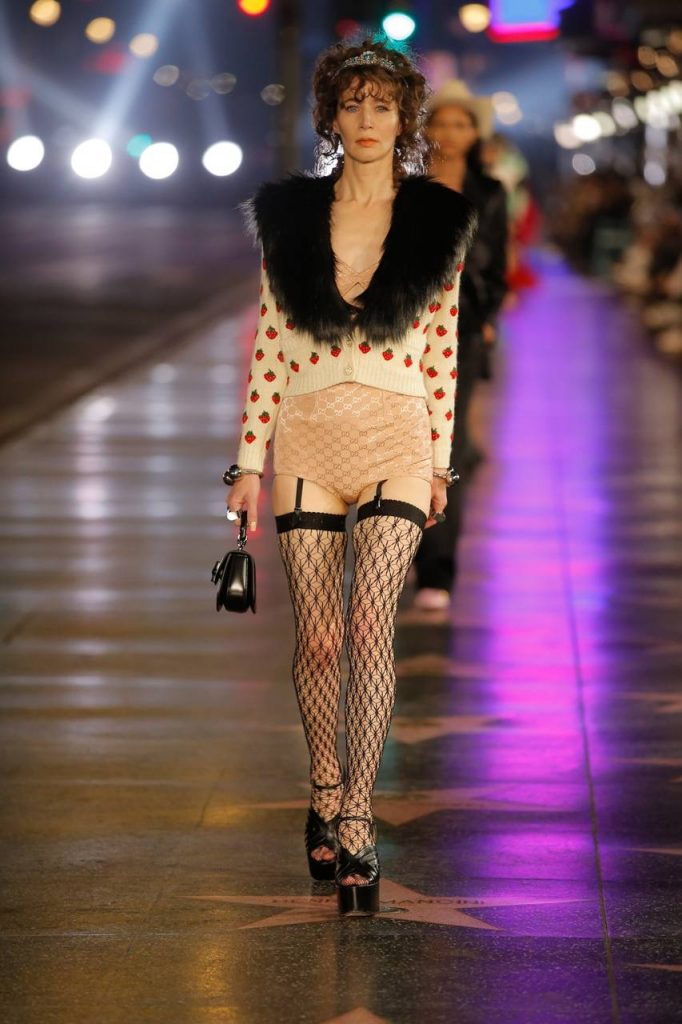
Gucci Spring 2022 Ready-to-Wear
Fetishized images of women are resolutely reconquered and appropriated by women themselves, who aggressively criticize ideas of “commodity” and “object.” They wear fetishistic clothing, not to please men more, but to present themselves as subjects with their own sexual needs and sexuality, power and freedom. “I used to set my bra on fire and now I’m going to make a poster out of it,” said designer Josie Bathory.
-
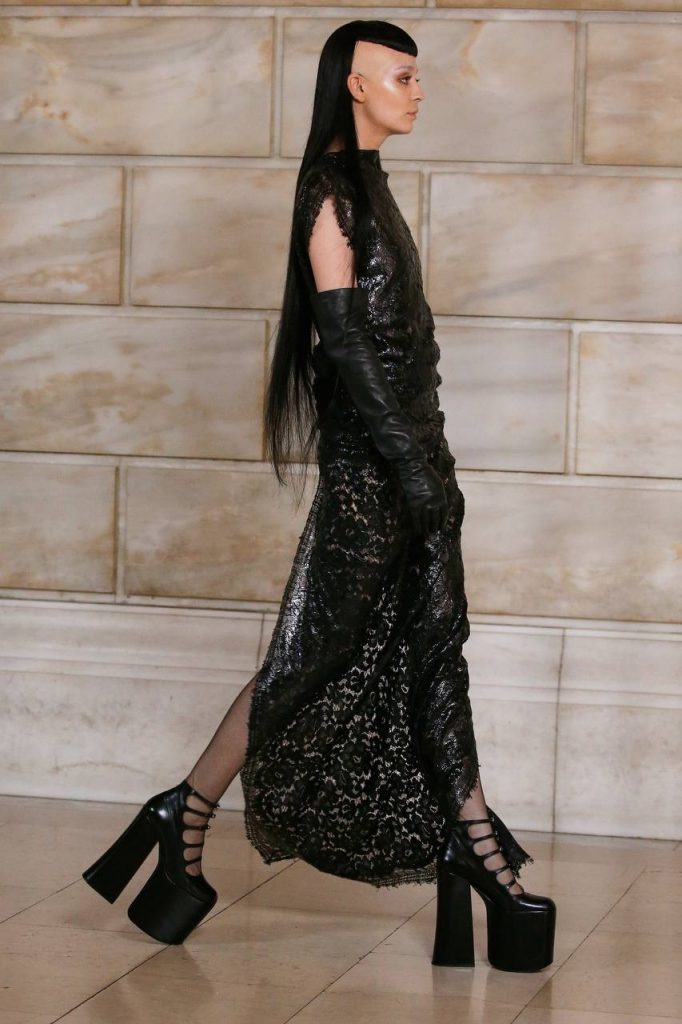
Marc Jacobs Fall 2022 Ready-to-Wear -
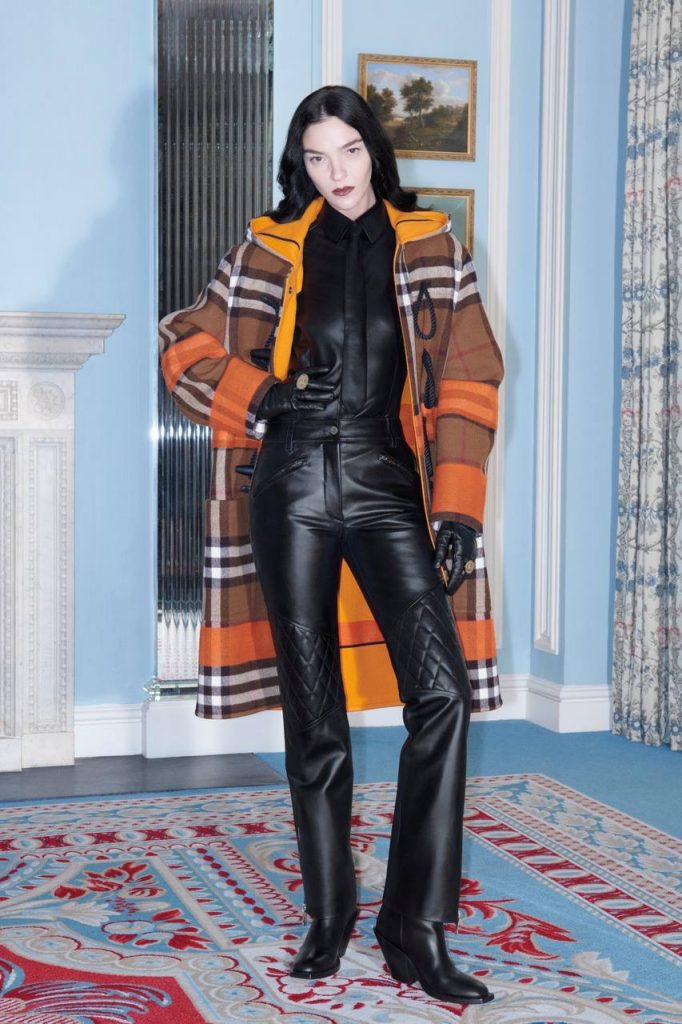
Burberry Resort 2023 -

Alexander McQueen Fall 2022 Ready-to-Wear
Dominatrix fantasies are vague. However, there is much more to the image of a strong and sexy heroine than it might offend. Fashion has many issues where the catwoman image is life-affirming. Versace declared women to be strong and insisted that if freedom was given to them, it meant an opportunity to freely display their sexual aggression.
Critique of Capitalism
-
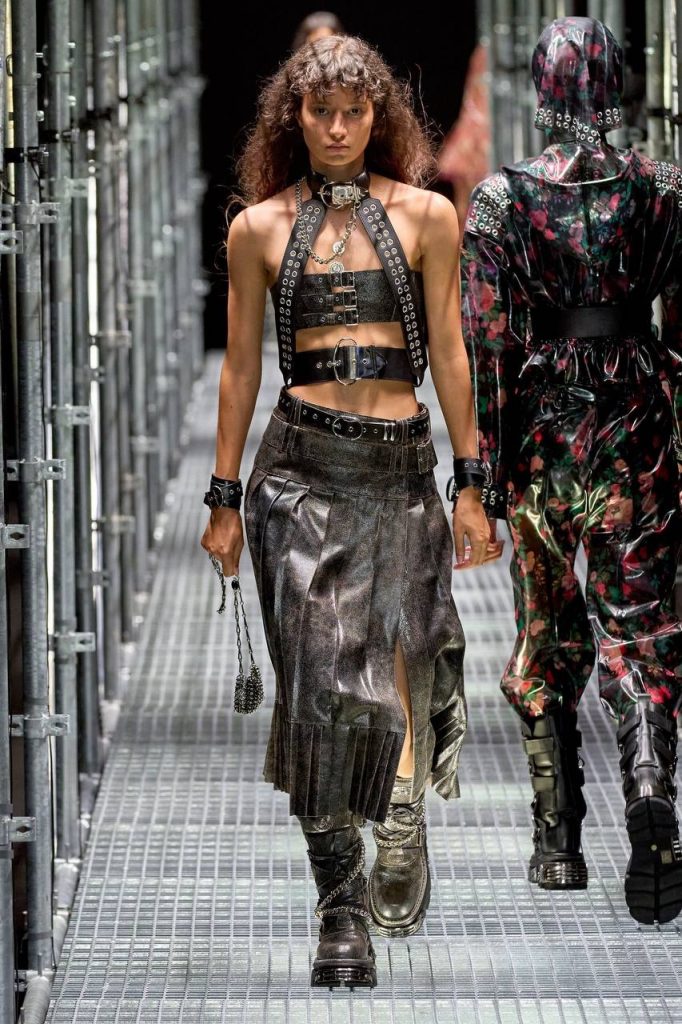
Paco Rabanne Spring 2023 Ready-to-Wear -
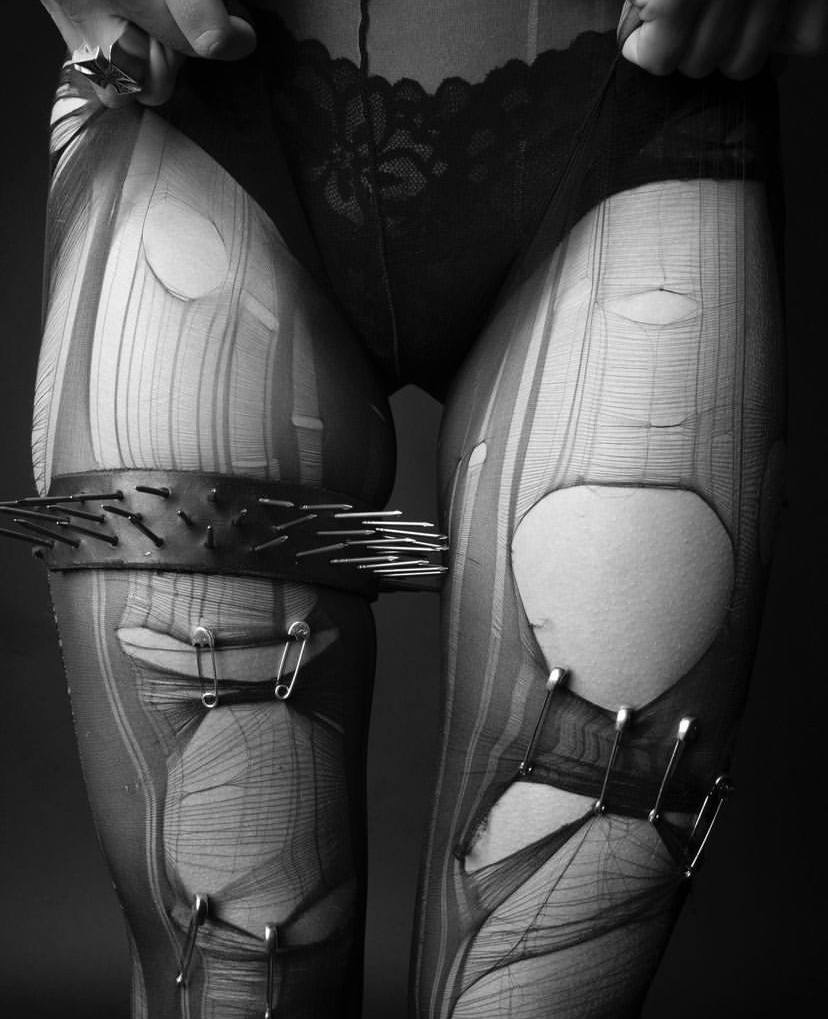
Enfants Riches Deprimes -
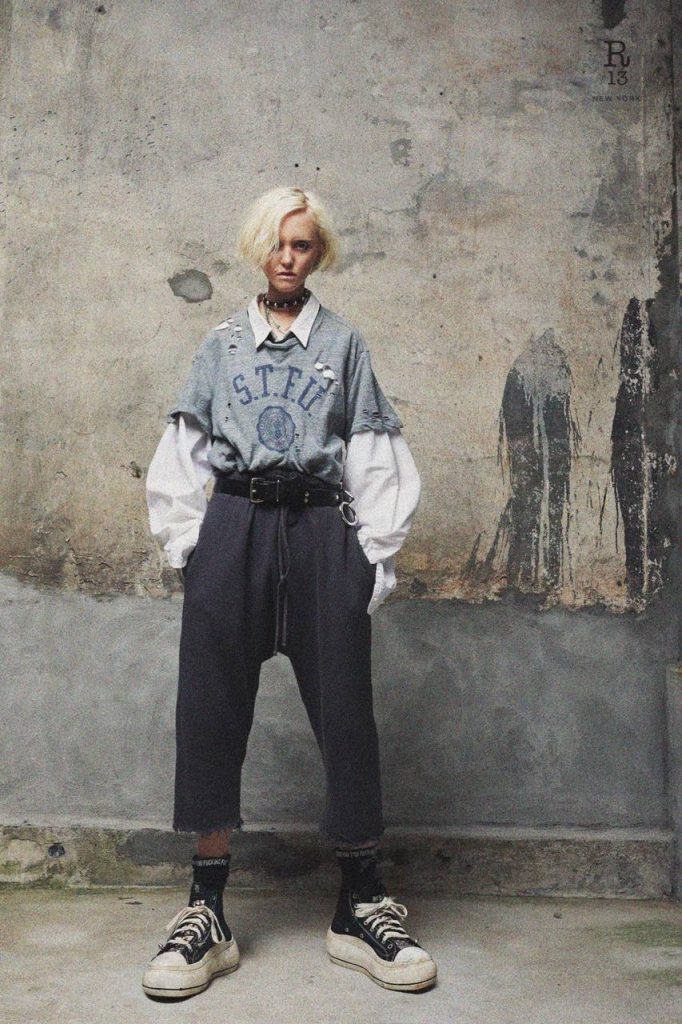
R13 Before Fall 2022
Karl Marx developed the concept of commodity fetishism to describe and explain how a human product takes a life of its own, as in religion. For Marx, the fetishization of a commodity entails the deprivation of rights and the alienation of human factors. Since the publication of Capital, the idea of commodity fetishism has undergone a significant revision. Modern intellectuals, who parted ways with classical Marxism on the basis of criticism, emphasized the ostentatious consumption of goods that increase the prestige of their owners, not the product itself. Honest critics of capitalist reification are vagrants. The vomit style, which includes various offensive or intimidating objects, is an interpretation of the fetishization of the product.
While the reasons for this are far from direct BDSM practitioners, fashion will always be influenced by the fetish. They are welcomed by clothes and were and continue to be a mediator for expressions. As long as we have an idea, a position, a challenge or a booty call, it will be possible to formulate them in a robe. And since the fetish is normalized but not radicalized, its qualities serve as a mouthpiece. The main thing is to know what you want to say.
Source: People Talk
Richard Stock is an author at “The Fashion Vibes”. He is a lifestyle expert who provides readers with the latest news and trends in the world of fashion, beauty, food, and travel. With a sharp eye for detail and a passion for writing, Richard offers unique insights and perspectives on the topics he covers.




